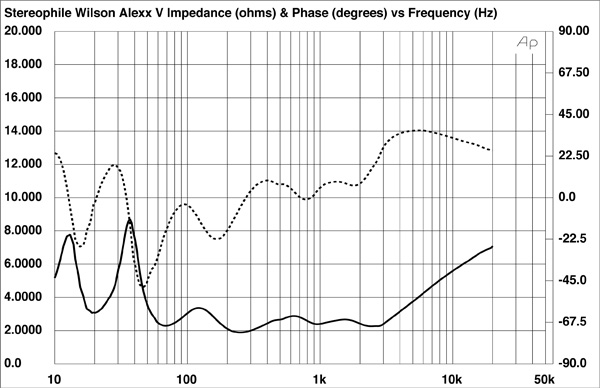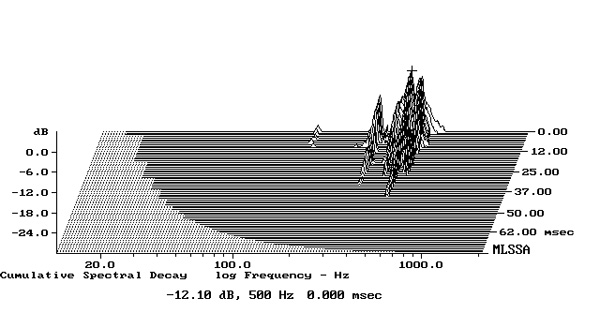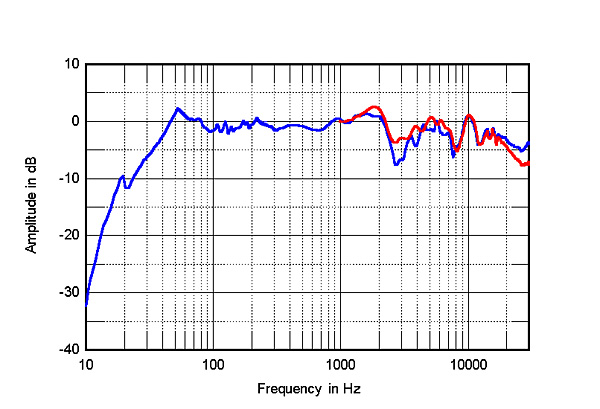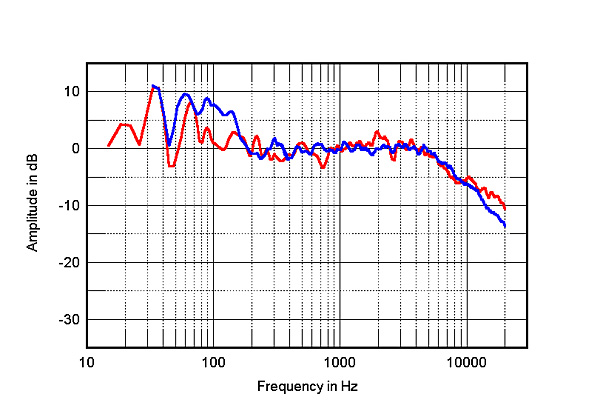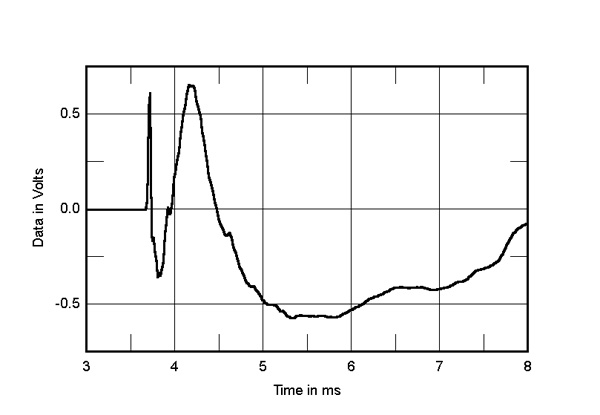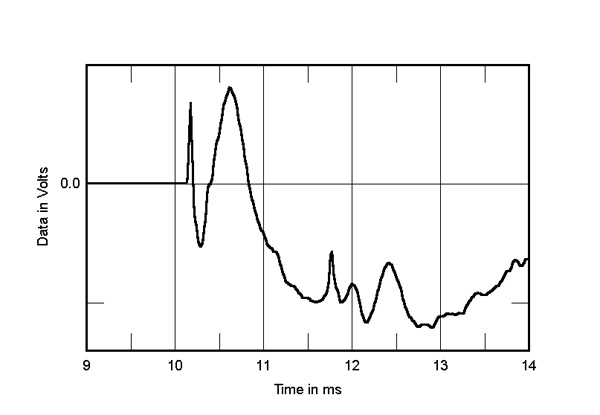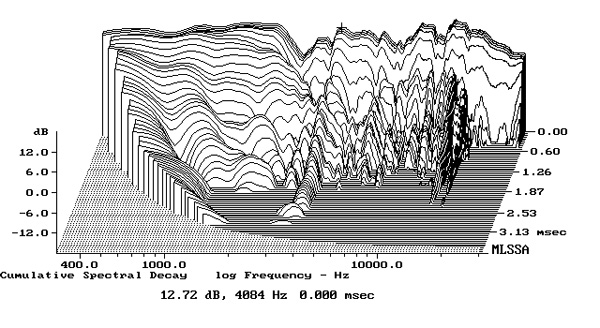| Columns Retired Columns & Blogs |
JA in the measurement section you repeated your time domain measurement with the microphone in JCA listening position
You commented that one midrange was still misaligned probably by one step
Can we conclude JCA listened with this misalignment for the listening tests ?
